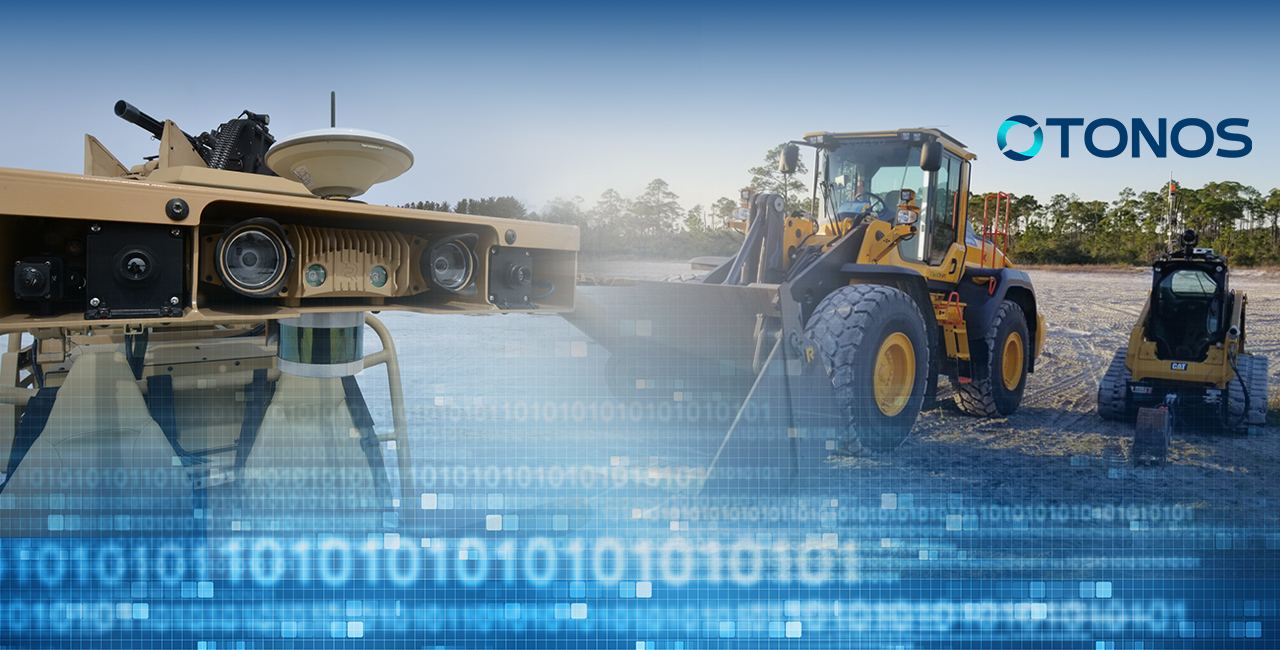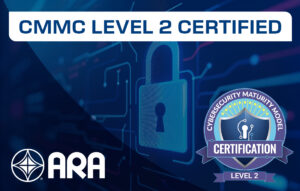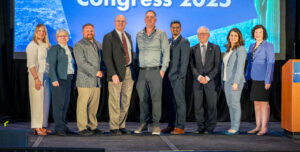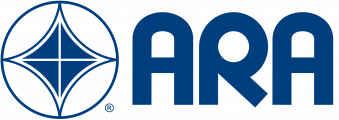
Since the 1990s, ARA has been making some of the world’s most dangerous jobs safer through advances in tele-operation and automation. With this technology continuing to evolve, we sat down with ARA Vice President Matt Fordham and asked him about our newest generation of automation technology, Otonos.
Can you tell us a little about Otonos?
Otonos is ARA’s fourth generation robotics and autonomy architecture for offroad vehicles and equipment. With Otonos installed, users can easily switch from manned to unmanned operation providing the full experience as if there were a driver in the seat. A full complement of sensors provides accurate positioning and feedback information for the remote operator. Currently, we are working on integrating advanced autonomy, augmented reality (AR), and Advanced Driver Assistance Systems (ADAS) on tactical vehicles.
Who is the customer for Otonos?
Through decades of development and engaging with various markets, we’ve identified three target markets: forestry and construction, defense, and UXO remediation. These industries often operate heavy equipment or tactical vehicles in challenging environments and with Otonos, they can remove human operators from the immediate area of operation. With ADAS and AR, operators can also have mission and environmental data (speed, lane detection, object avoidance) projected on their windshield for increased situational awareness.
How is Otonos contributing to safety?
Otonos’ technological roots can be traced to 1996, when the Khobar Towers bombing accelerated demand for remotely controlled systems that could dismantle or disable large improvised explosive devices. ARA then supported the Air Force Research Laboratory’s Robotics Group at Tyndall Air Force Base, FL, in developing the All-purpose Remote Transport System (ARTS), a remotecontrolled, tele-operated, lightly armored track loader. ARA is contributing to a more autonomous future – one where perilous occupations like explosive ordnance disposal, munitions range clearance, and extreme logging are performed by machines supervised remotely by humans a safe distance away.
In addition to improving safety for human operators, what other benefits does Otonos offer?
Otonos has been optimized to be user-friendly in a small footprint. The physical system is designed to not interfere with human operators, and it is a simple switch to engage manned and unmanned modes. This allows users to focus on accomplishing tasks without bulky hardware in their way or complicated controls to operate. Additionally, for dismounted military personnel, Otonos can transform a vehicle into a “mule” to carry heavy equipment while following behind a squad autonomously.
What are the next steps for Otonos?
We are working to integrate Otonos onto MRZR Alpha platforms that will be used by the Marine Corps and Special Operations Command (SOCOM) to better understand applications for autonomy, robotics, AR, and ADAS. Part of the focus is developing technologies that support the military’s ambitious goals for hybrid and fully electric vehicles. In April 2023, we had a successful demonstration with more than 150 SOCOM operators and gained valuable feedback for us to consider as we develop an ideal technology for the military. We plan to continue developing and enhancing robotic systems that can provide an extra measure of safety and security for our forward deployed military, as well as for our citizens on the job here at home.
For more information about Otonos, visit www.ara.com/otonos




